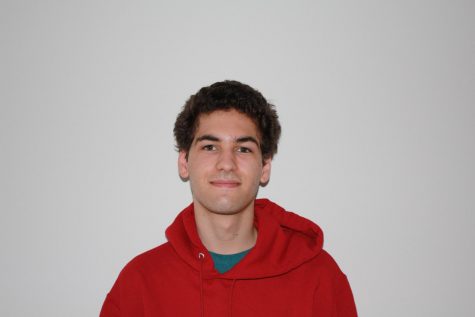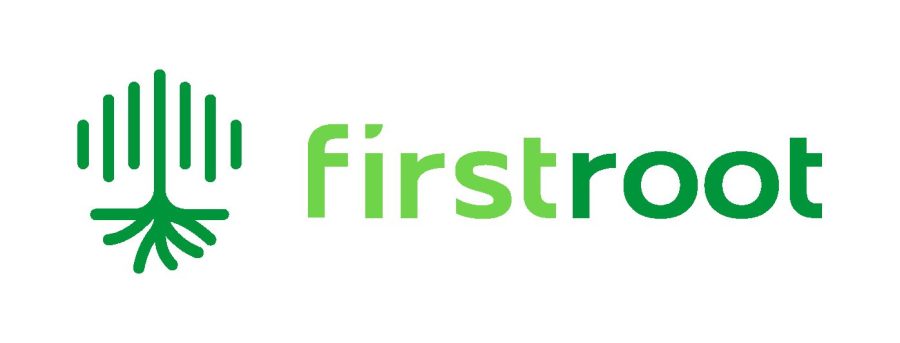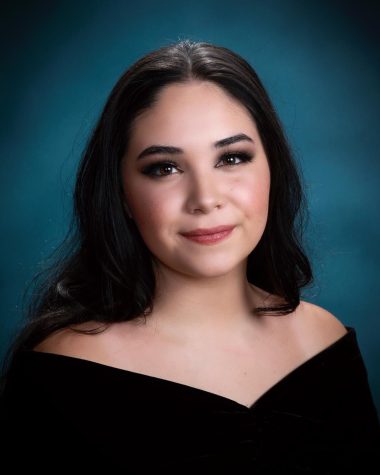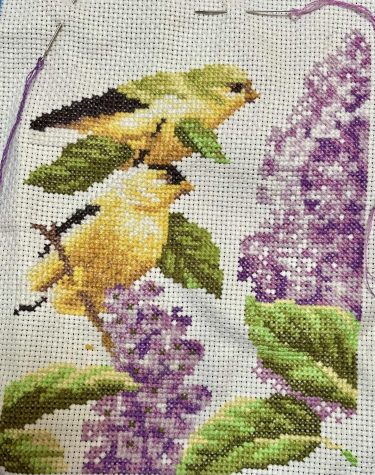ASB’s trial partnership with FirstRoot
Fremont’s ASB has teamed up with FirstRoot Inc., a SaaS startup that helps schools implement participatory budgeting programs. Participatory budgeting is a process in which students are given real money and they have to democratically decide how that money is spent to improve the school.
“We offer a software platform and a curriculum to support schools in producing participatory budgeting programs for their students,” FirstRoot CEO Luke Hohmann said. “In addition to giving the students a real voice, the program also teaches financial literacy, creates a positive civic engagement experience and promotes design thinking.”
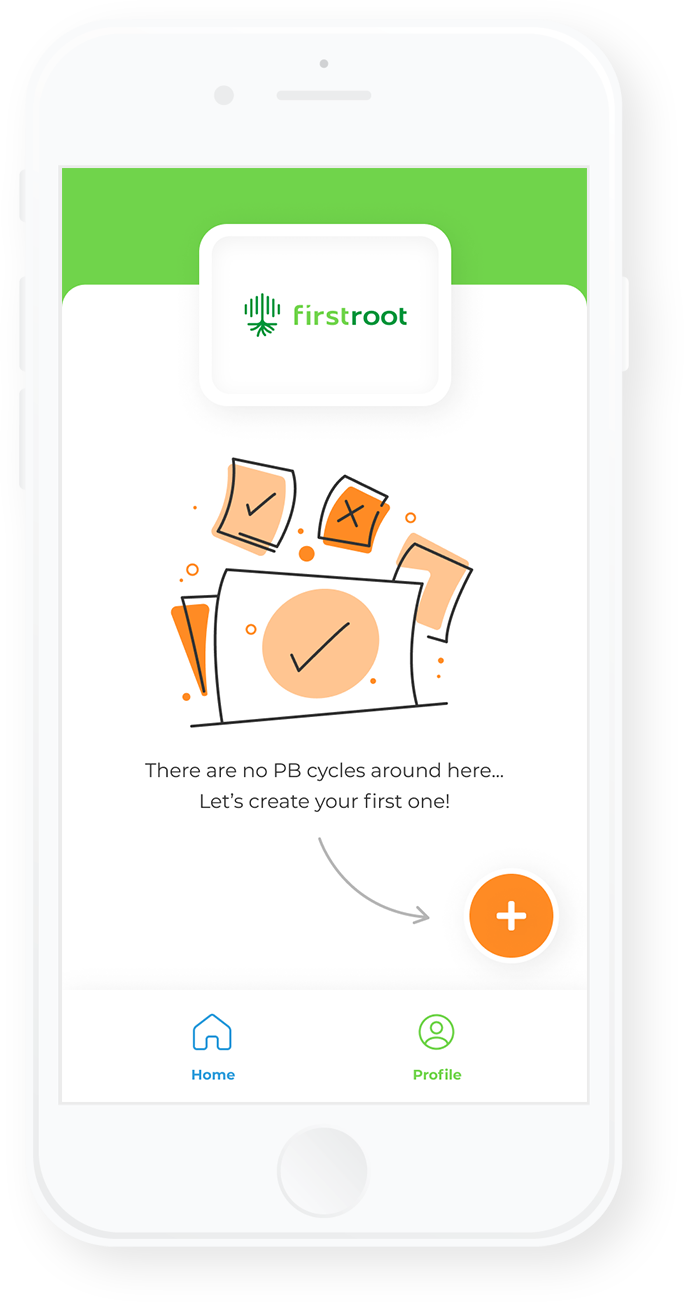
FirstRoot acts as a middleman between groups that want to provide funding to improve schools and to students who want to use that money as they see fit. FirstRoot is also special in that it is a benefit driven corporation, not a profit driven one.
“Now, part of our company is organized quite differently than a normal corporation,” Hohmann said. “Normal corporations have a single motive in the world and that’s to drive profit, which actually leads to a lot of negative or questionable corporate behavior. You have companies who extract more resources than they need, or social media companies who create divisive content or allow divisive content because it drive their profit. We’re a benefit corporation. So a benefit corporation is a company that has a stated public outcome that is designed to be beneficial for society.”
How it works in practice is that students will get money from either their principals, parent teacher associations or student councils and then students will use FirstRoot’s app to figure out how to use that money. Once on the app, students go through a five step process: discover, dream, design, decide and do.
Students first brainstorm proposals, post proposals, do research about the proposals and then give an estimate on the total cost. At the end, students will vote on the best proposals and finally, the school will implement the winning proposals.
“[FirstRoot’s] whole focus is to give kids choice in how money is spent at this school,” ASB advisor Jeff Kakes said. “What we’re doing right now is a little experiment with a small amount of money to see how the process works and whether it’s effective in doing what students want it to do.”
ASB began collaborating with FirstRoot last school year. However, ASB was beta testing the website, not the app version of their product, and participation was limited to ASB students.
“When we initiated the cycle last year, the only devices that we supported were browsers because we had not yet completed the app store approval process,” Hohmann said. “Now we’ve been reviewed and approved and I’m happy to say that you can see our lovely FirstRoot app is in the App Store.”
FirstRoot organizes their funding sessions in what they call “cycles,” which correspond with the school year. So ASB’s first cycle with FirstRoot was in the 2020-2021 school year, with the ASB students being given a total budget of $2,000 provided by the FirstRoot School Fund. ASB students decided to purchase two bulletin boards and an extra table for outdoor lunch seating. Due to supply chain issues caused by the pandemic, the extra table items have not arrived yet as of press time but the bulletin boards have.
“Because we’re a benefit corporation we take some of our funding and some of our income and use it to promote participatory budgeting programs in schools,” Hohmann said. “So we granted $2,000 to Fremont for the program and the kids were in control… So we have no influence on the money and that’s important.”
In the second ongoing cycle (this school year), the current budget is $3400, $2000 of which came from the Rotary Club of Sunnyvale, $750 from the FUHSD Foundation and $650 was left over from the first cycle.
It is important to note that before FirstRoot, students not in ASB have never had a say in where and how money was spent.
“ASB has funding but that funding is applied to ASB events, so events for the student body,” Kakes said. “We don’t have money to just buy stuff or to do things for the campus that aren’t related to ASB. This was our first chance to do that because FirstRoot was providing those funds for us as part of this experiment.”
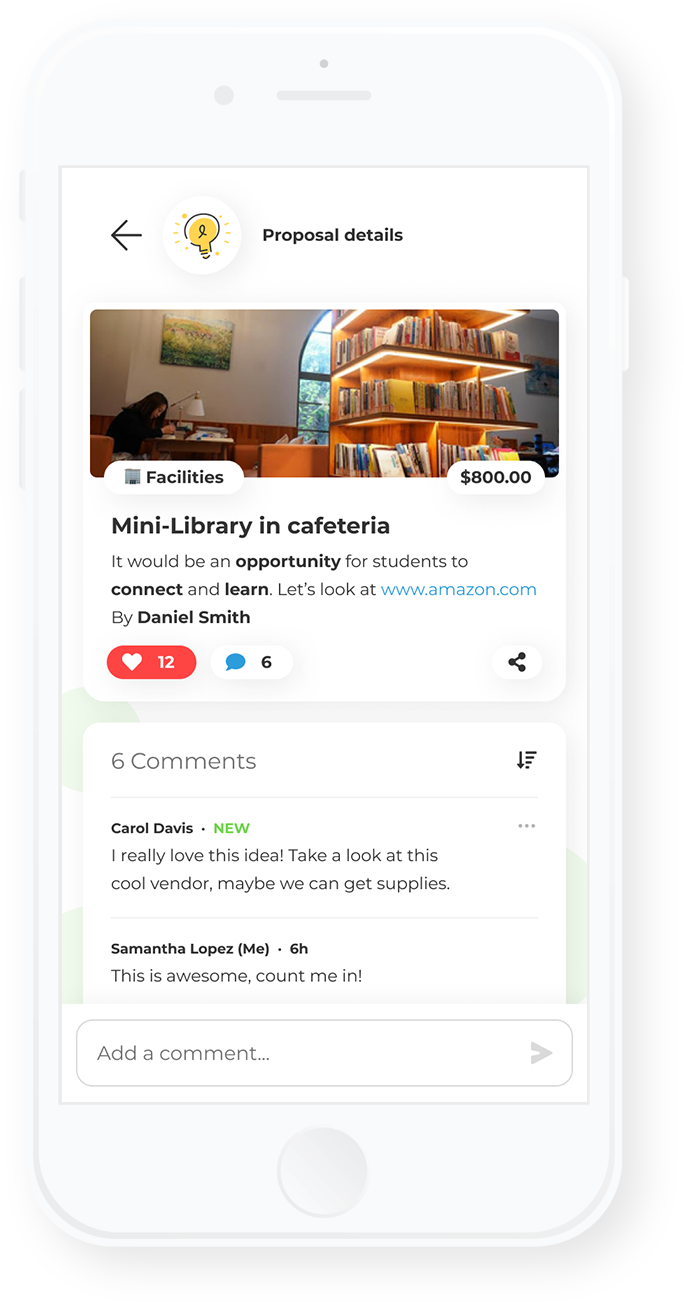
Nevertheless, it is heavily preferred that students focus on items that can be classified as a one-time purchase and that does not have much, if any, maintenance costs. Examples of good one-time no maintenance purchases are gym equipment, 3D printer, books and bathroom upgrades. Creating a new school garden for instance would require a lot of long-term maintenance and upkeep.
“What we see consistently is the kids in schools make great choices because the kids in schools are the ones who know their needs in many ways,” Hohmann said. “Who better than the students to know where the seating is needed… We’ve seen programs where kids plant trees, they buy books for libraries, they buy more Spanish books or books for students who have English as a second language. They buy books in different languages. They buy 3d printers, they buy science equipment, they buy gym equipment, they buy band equipment, so we see lots of very interesting results from these programs.”
So far, FHS is the only school in the district that is working with FirstRoot.
“Wwe of course hope to do the entire district and of course, literally every school in America,” Hohmann said. “We’re making solid progress, with schools in New York, Wisconsin, Illinois, Iowa and Kansas City, Kansas all using our platform.”
Nevertheless, if this first full blown test of FirstRoot’s app goes well, ASB may consider using it to determine how seniors use leftover budget for the senior gift.
“I could see us using this in the future, part of it will depend on how they evolve,” Kakes said. ”Right now it is free for us to use because we are helping them figure out what they’re doing. If it gets into where we have to pay for it we’ll have to make that decision at the time. But, for what the purpose of it now it works really well for what we are trying to do in ASB.”
